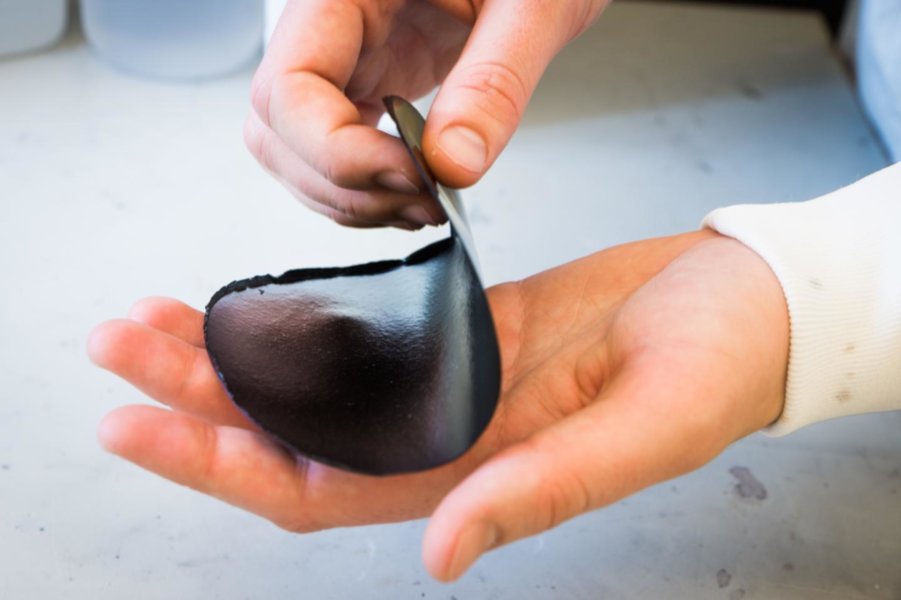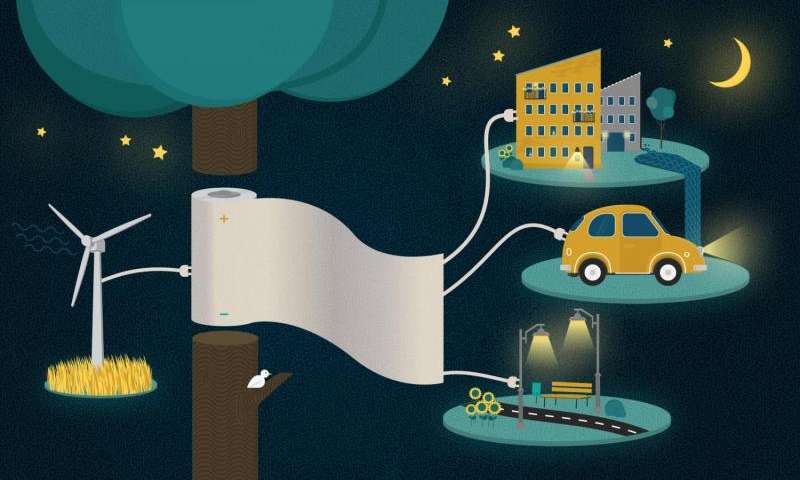
Creating batteries that are smaller, cheaper, rechargeable and most importantly, environmentally friendly has been the holy grail for engineers across the globe for many years. Now some researchers at Sweden's Linköping University may have finally succeeded in cracking the code with a battery made of paper!
Power Paper is the brainchild of scientists from Linköping University's Laboratory of Organic Electronics. The researchers begin by blasting cellulose, the material that is used to make most paper and cardboard, with high-pressure water until each cellulose strand measures a mere 20 nanometers in diameter. The submerged strands are then exposed to a solution of electrically charged polymer which forms a thin coating around each nanofiber. The coated fibers and the liquid in between that works as an electrolyte, is then fashioned into a thin sheet, resulting in what the researchers call 'Power Paper'.

According to the researchers, one sheet of Power Paper can store up to 1 Faraday, or as much a super capacitor. The only difference? Unlike the bulky capacitor this one measures a mere 15 centimeter (6 inches) wide and a few tenths of a millimeter thick. What's even better is that Power Paper can be recharged hundreds of times, and each charge takes just a few seconds. The lightweight battery that is also waterproof does not require harmful chemicals or heavy metals to manufacture and is extremely environmentally friendly. It should therefore come as no surprise that it has already set four world records!
The researchers who revealed Power Paper, in the online journal Advanced Science on February 2, are now trying to scale the manufacturing process, so that this flexible and sustainable battery can be readily available to power all our devices.
Resources: phys.org, scienceexplorer.com, fe.itn.liu.se.org